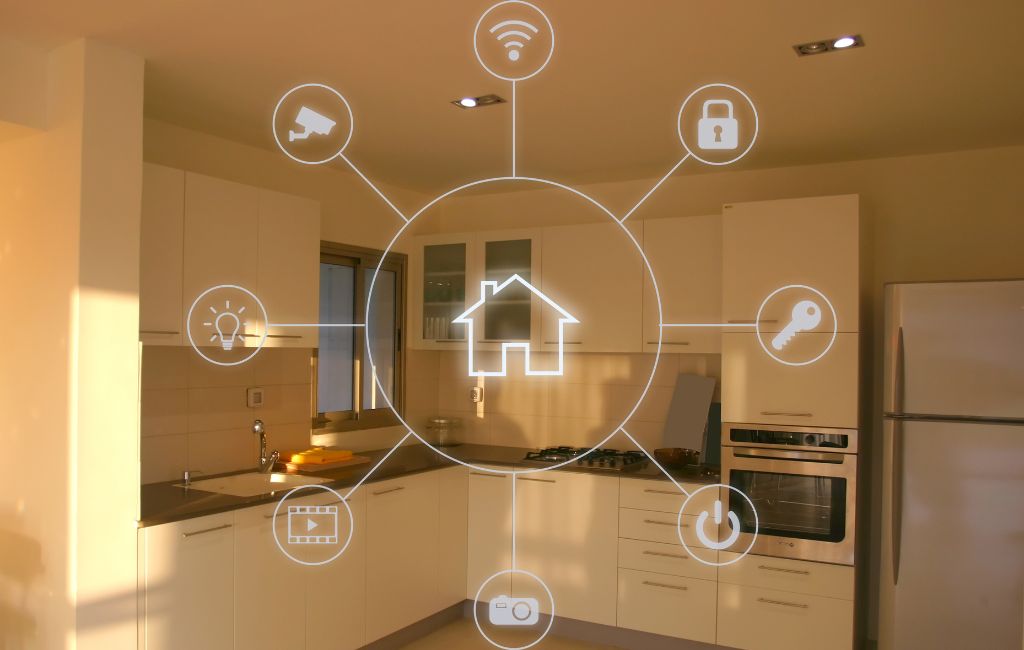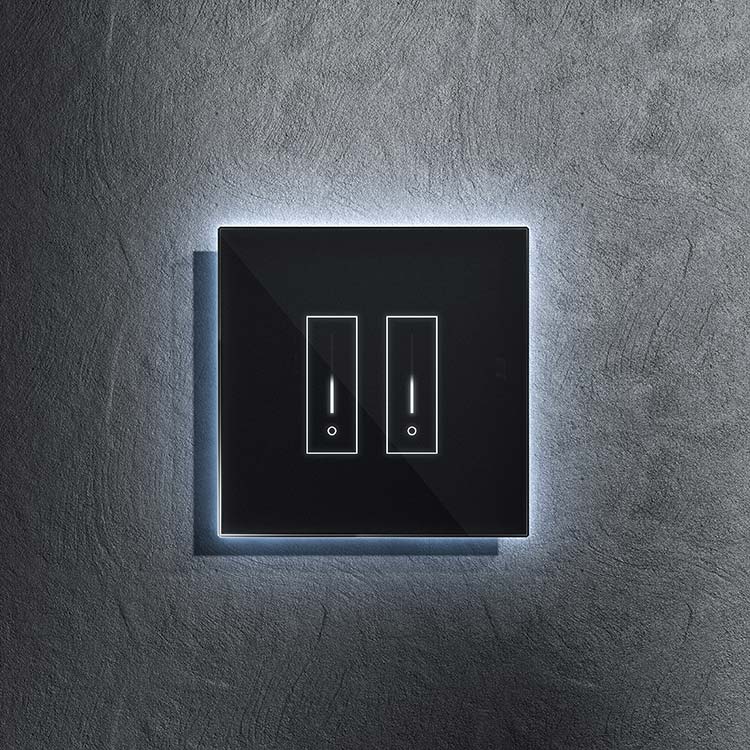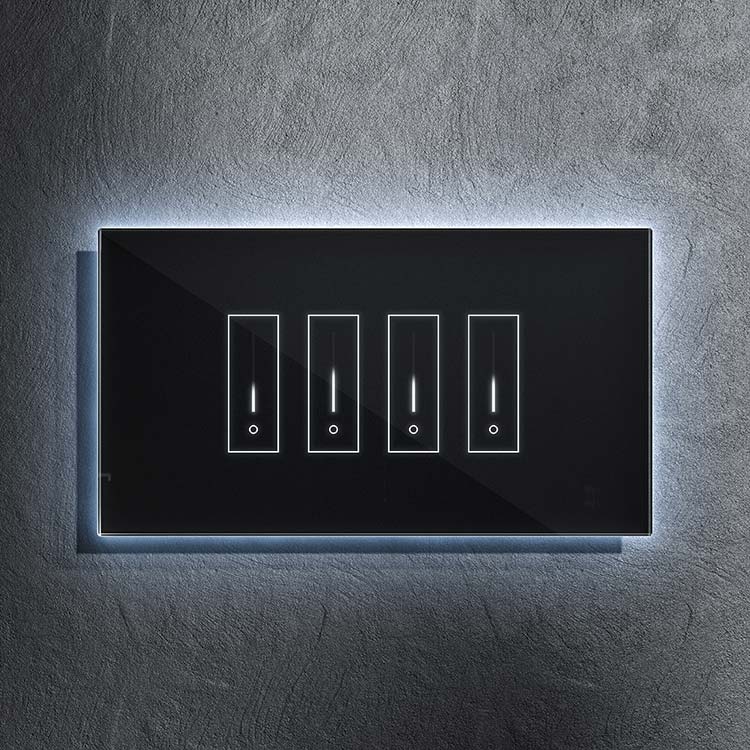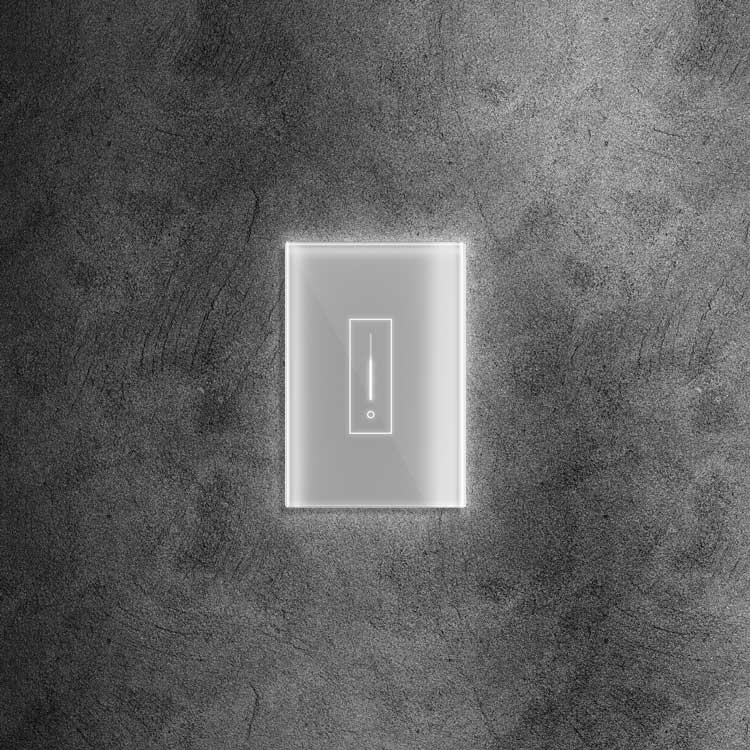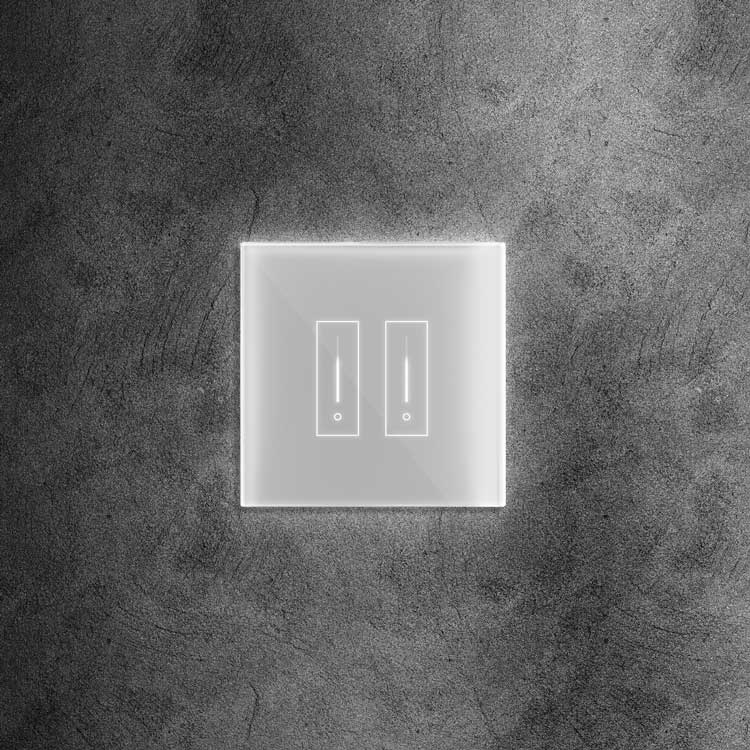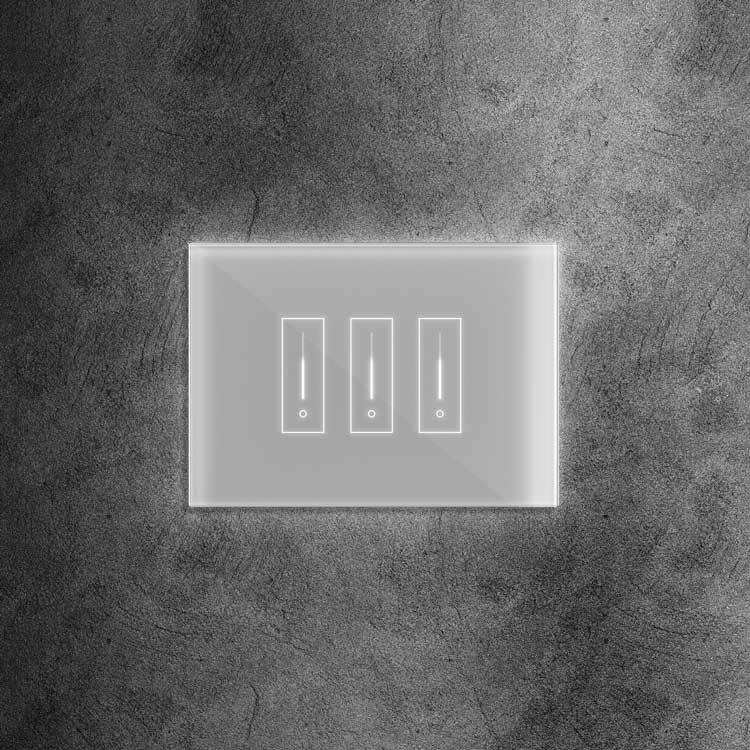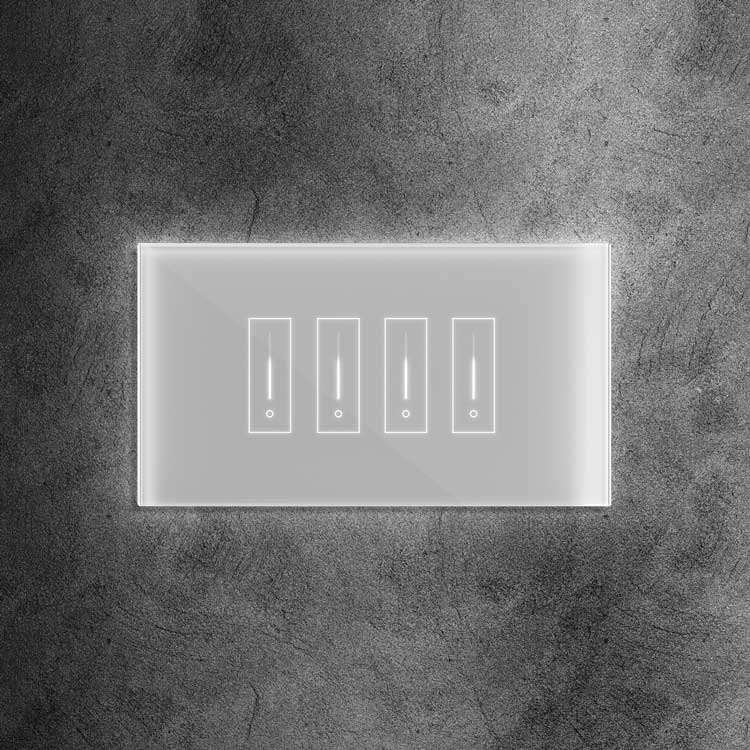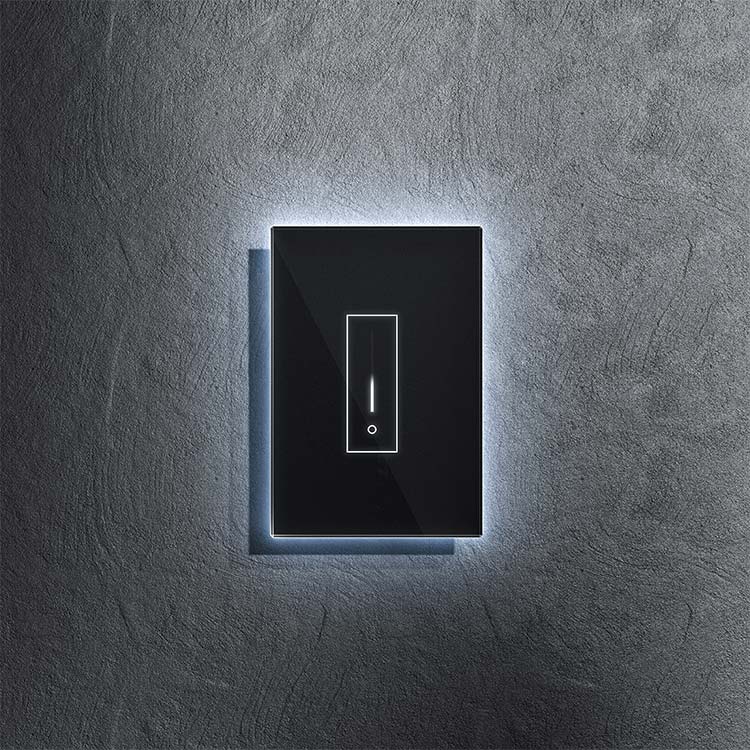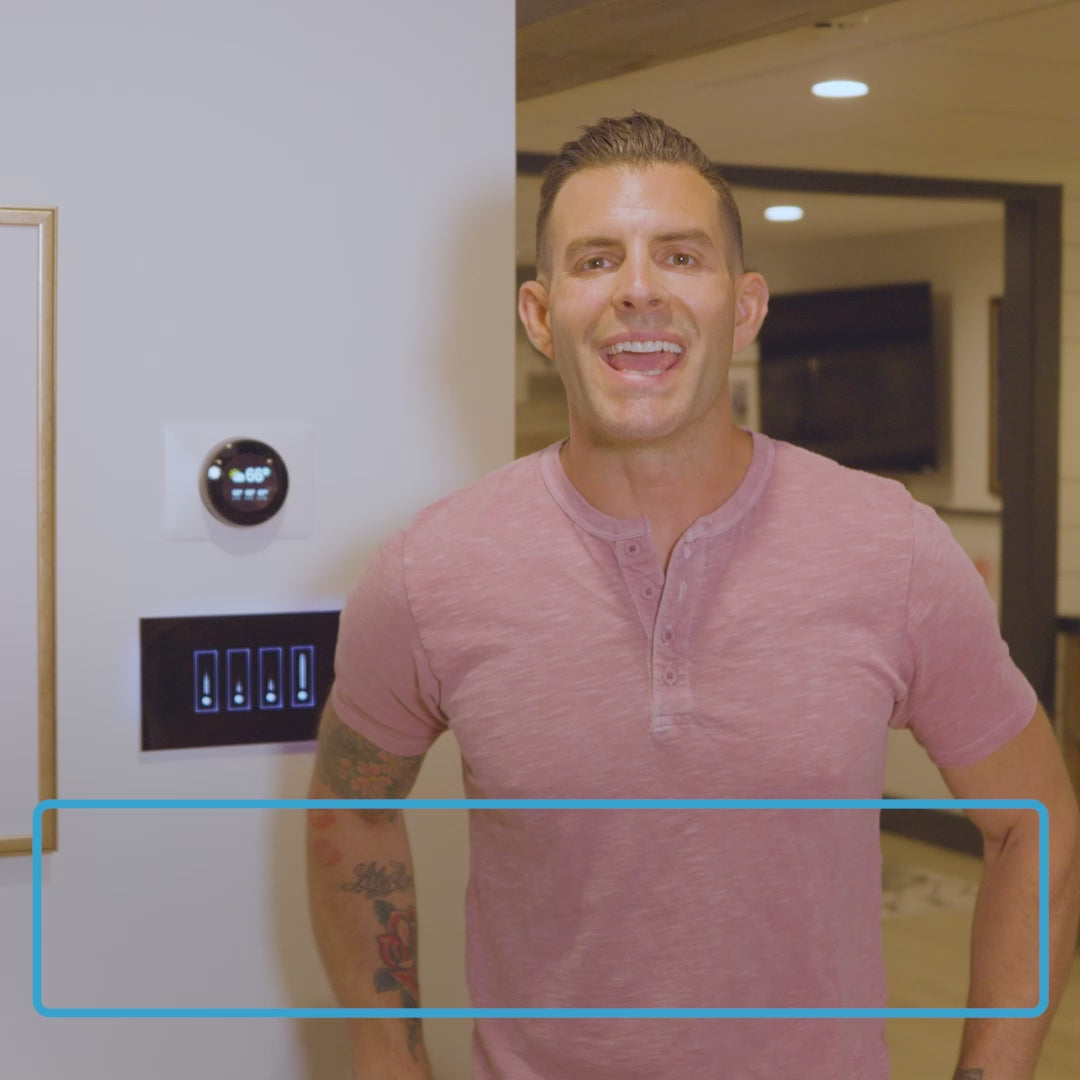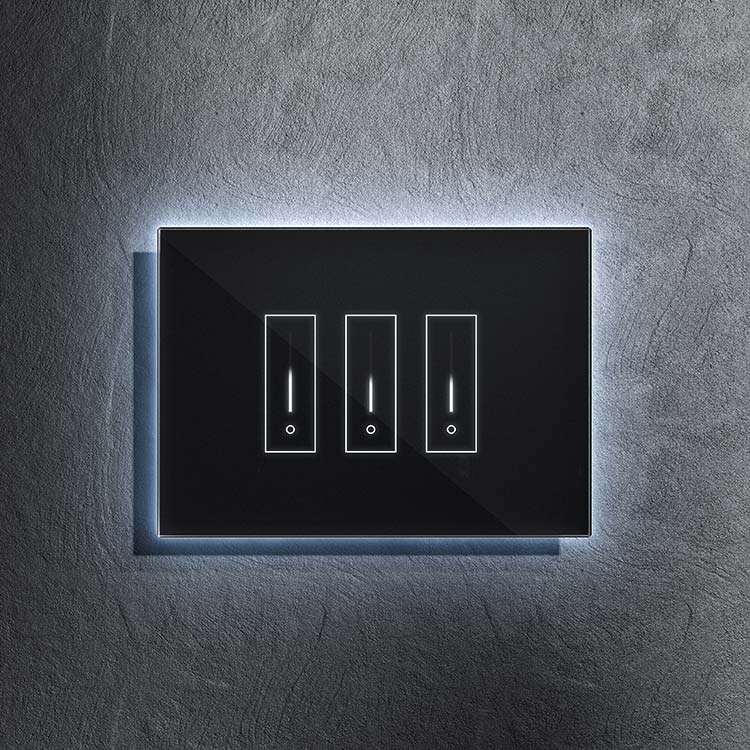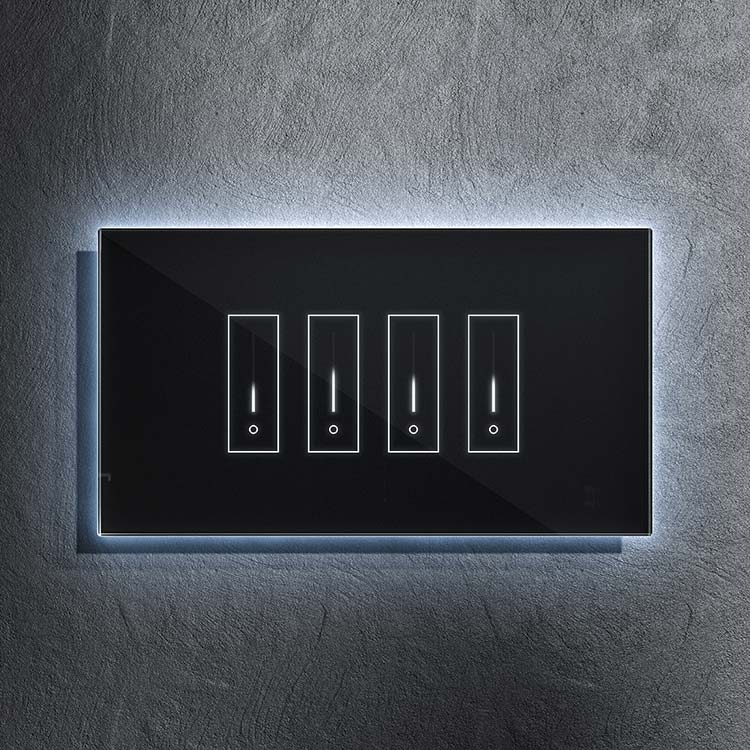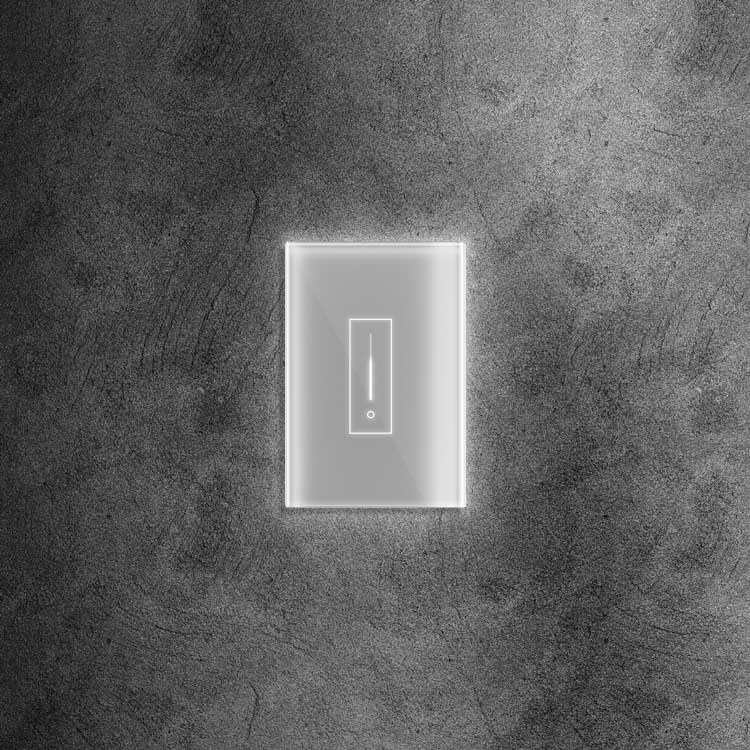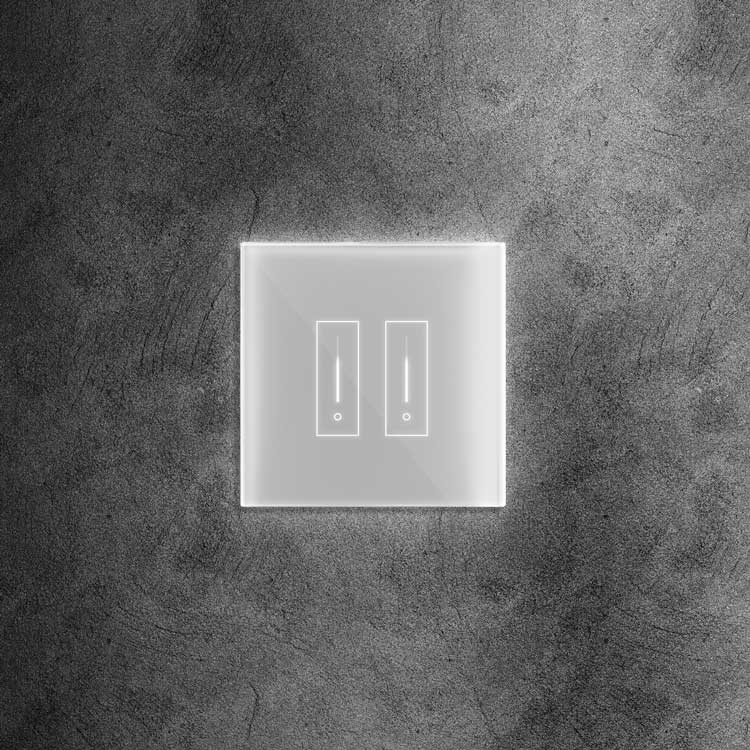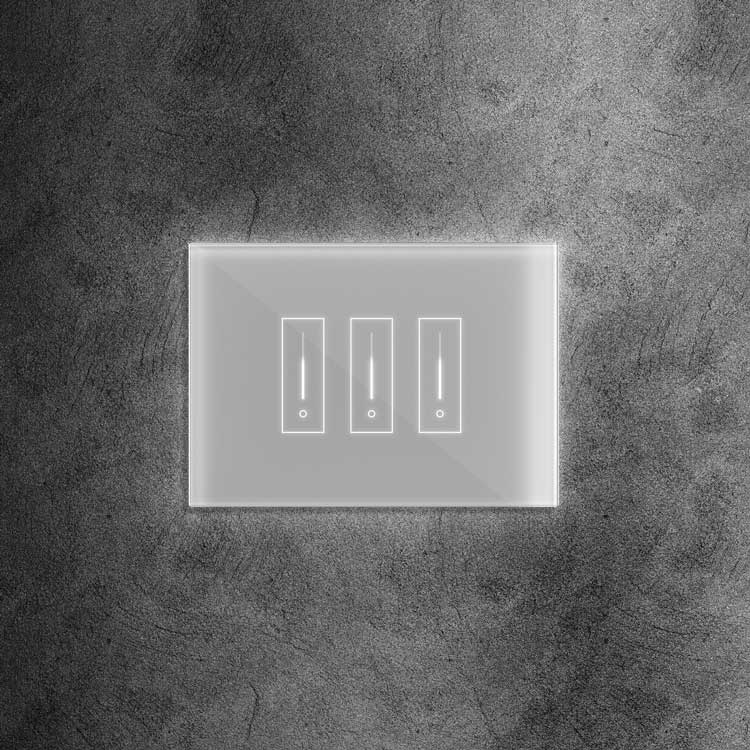Smart lighting systems have become a shining example of innovation in the constantly changing field of home technology, revolutionizing how we light our living areas. With the fusion of cutting-edge technology and sophisticated design, these systems offer homeowners not just illumination but also convenience, energy efficiency, and customization like never before. Integrating smart lighting into home automation setups represents a pivotal advancement in modern living, from enhancing ambiance to bolstering security.
Understanding Smart Lighting
What is smart lighting? Fundamentally, smart lighting is just lighting systems that are networked and operated remotely using various gadgets, including voice controls, tablets, and smartphones. These systems utilize a combination of sensors, wireless communication protocols, and smart algorithms to give users unprecedented control over their lighting environment. The days of traditional light switches are long gone since smart lighting enables easy voice commands or screen taps to modify brightness, color, and scheduling dynamically.
The Benefits of Smart Lighting for Home
Increasing convenience and comfort is one of the main benefits of smart lighting for homes. Imagine arriving home after a long day at work to find your house warmly lit, precisely to your liking, without fumbling for a switch. With smart lighting systems, you can program your lights to mimic your presence even when you're away, deterring potential intruders and providing peace of mind.
Furthermore, because smart lighting solutions are naturally energy-efficient, customers may optimize their energy use and lower utility costs. These systems use motion sensors and automatic dimming to ensure that lights are only on when needed, minimizing wastage and environmental impact. This benefits homeowners financially and contributes to a more sustainable way of living.
Beyond practicality, smart lighting also offers a canvas for creativity and personal expression. Users can tailor their lighting with many color options and programmable scenes to suit any occasion or mood. Whether it's a cozy movie night, a lively dinner party, or a tranquil evening of relaxation, smart lighting lets you easily set the perfect ambiance.
Exploring Home Automation
Smart lighting is just one component of the broader ecosystem of home automation, which encompasses various interconnected devices and systems aimed at streamlining household tasks and enhancing overall comfort and security. From smart thermostats and security cameras to voice-controlled assistants, the possibilities for automation are vast and ever-expanding.
Integrating smart lighting into a comprehensive home automation setup unlocks many synergistic benefits. Imagine waking up to gentle lighting that gradually brightens to simulate a natural sunrise, accompanied by your favorite morning playlist playing softly in the background. As you leave for work, your lights automatically switch off, your thermostat adjusts to conserve energy, and your security system activates—all without you lifting a finger.
The Future of Smart Lighting Systems
As technology advances, the future of smart lighting holds even greater promise. Artificial intelligence and machine learning advancements enable lighting systems to become increasingly intuitive and adaptive, learning user preferences and behavior patterns to anticipate their needs. Imagine a lighting system that responds to commands and proactively suggests optimal settings based on your daily routine and preferences.
Furthermore, when modern technologies like augmented reality, AR, and the Internet of Things (IoT) are combined with smart lighting, how we interact with our environment will alter radically. The possibilities are boundless, from immersive lighting experiences that complement virtual reality simulations to interconnected ecosystems where every device communicates seamlessly.
Addressing Common Concerns
Despite the numerous advantages of smart lighting systems for home automation, some may have privacy, security, and cost concerns. Addressing these concerns is essential to provide a comprehensive understanding of the technology.
- Privacy: With devices' increasing connectivity, privacy concerns are valid. However, reputable smart lighting systems prioritize user privacy by implementing robust encryption protocols and giving users full control over their data. Additionally, many systems offer options to turn off data collection and ensure that personal information remains secure.
- Security: Like any connected device, smart lighting systems are susceptible to hacking if not adequately secured. Choosing systems from trusted manufacturers with a proven security track record is crucial to mitigate this risk. Strong passwords and routine software upgrades are also essential for defending against such attacks.
- Cost: While the initial investment in smart lighting systems may seem significant, it's essential to consider the long-term benefits and potential cost savings. The energy efficiency of these systems can lead to substantial reductions in utility bills over time, offsetting the upfront costs. Furthermore, the added convenience and customization offered by smart lighting systems may outweigh the initial investment for many homeowners.
Embracing the Evolution
As smart lighting systems evolve and become more accessible, their integration into homes worldwide is inevitable. Whether they enhance comfort, increase energy efficiency, or add a touch of futuristic flair, the benefits of smart lighting for home automation are undeniable.
What sets smart lighting apart is its ability to adapt and grow alongside emerging technologies, continually pushing the boundaries of what's possible. From voice-controlled assistants to AI-driven automation, the future of smart lighting holds endless possibilities for innovation and improvement.
Unlocking the full potential of smart lighting systems requires remaining educated and accepting new developments in this ever-evolving market. By understanding the benefits, addressing concerns, and embracing the evolution, homeowners can illuminate their living spaces in more ways than ever.
Looking Ahead: Trends and Innovations
As the smart lighting industry expands, several trends and innovations are shaping its trajectory. These developments enhance the functionality and performance of smart lighting systems and contribute to their integration into a broader ecosystem of smart home technology.
-
Interconnectivity: The technology is headed toward smoothly integrating smart lighting with other smart home appliances. Manufacturers increasingly focus on interoperability, allowing users to control their lighting alongside other connected devices such as thermostats, security cameras, and entertainment systems. This interconnectedness creates a more cohesive and holistic smart home experience, where different devices work harmoniously to enhance comfort, convenience, and efficiency.
-
Voice Control: Voice-controlled assistants, such as Amazon Alexa and Google Assistant, have revolutionized how we interact with technology. Smart lighting systems are no exception; many offer native integration with popular voice assistants. The voice control allows users to adjust their lighting with simple voice commands, further simplifying the user experience and expanding accessibility for users of all ages and abilities.
-
Enhanced Personalization: As smart lighting systems become more sophisticated, they're also becoming more personalized. Advanced algorithms automatically analyze user preferences, behavior patterns, and environmental factors to adjust lighting settings to suit individual needs. Whether optimizing brightness levels for task-oriented activities or creating custom lighting scenes for special occasions, personalized smart lighting adds a new dimension of comfort and convenience to the home environment.
-
Energy Efficiency: The importance of energy-efficient lighting systems is rising as environmental sustainability issues increase. Smart lighting systems leverage advanced technologies such as LED bulbs, motion sensors, and daylight harvesting to minimize energy consumption without sacrificing performance. Furthermore, energy monitoring capabilities provide consumers instantaneous insights into how much energy they use, enabling them to make decisions that save money on utilities and lessen their environmental impact.
- Integration of Biometric Data: One innovative technology that might fundamentally alter how people interact with their environment is the incorporation of biometric sensors into smart lighting systems. By analyzing biometric data such as heart rate, body temperature, and stress levels, smart lighting can dynamically adjust lighting settings to promote relaxation, improve productivity, and enhance overall well-being. This biometric feedback loop creates a more responsive and adaptive lighting environment tailored to individual needs and preferences.
